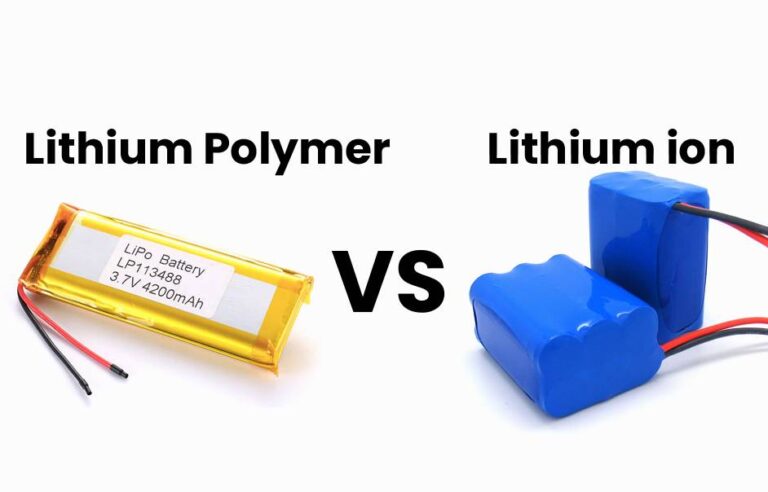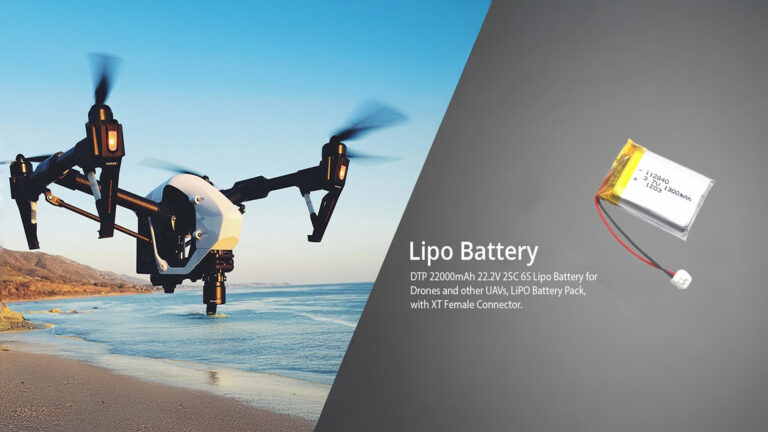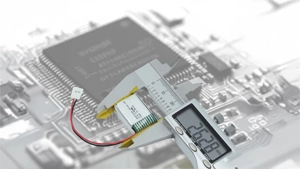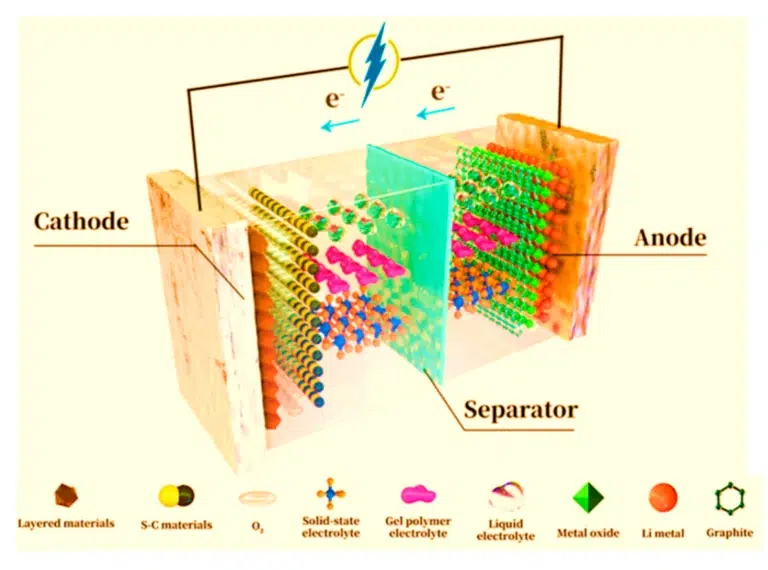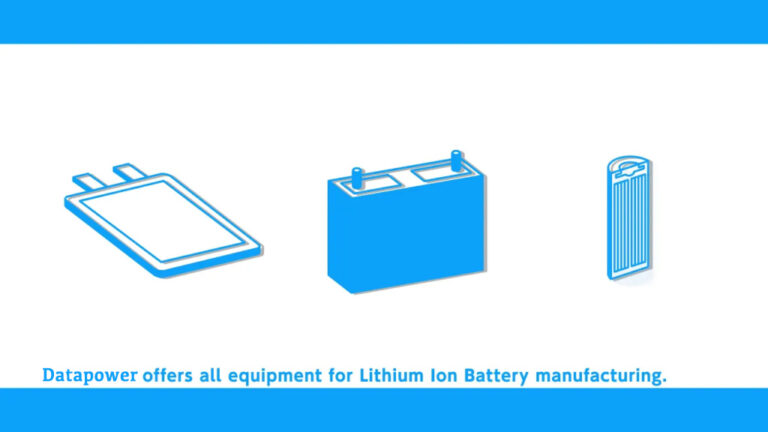Introduction
An 18650 battery is a type of lithium-ion cell renowned for its versatility and efficiency. Named for its dimensions—18mm in diameter and 65mm in length—it is a cylindrical battery commonly used in devices requiring reliable, rechargeable power. With a typical voltage of 3.7 volts and capacities ranging from 2000mAh to 3500mAh or higher, it offers high energy density and a relatively low self-discharge rate. Widely employed in flashlights, e-cigarettes, and even electric vehicles, the 18650 battery is valued for its recharge ability and scalability. However, it requires careful handling due to safety risks associated with improper use. Many include protection circuits to mitigate overcharging and overheating, emphasizing the importance of purchasing from reputable sources. Despite environmental concerns related to disposal, the 18650 remains a crucial component in both portable electronics and larger energy systems, balancing performance with practicality.
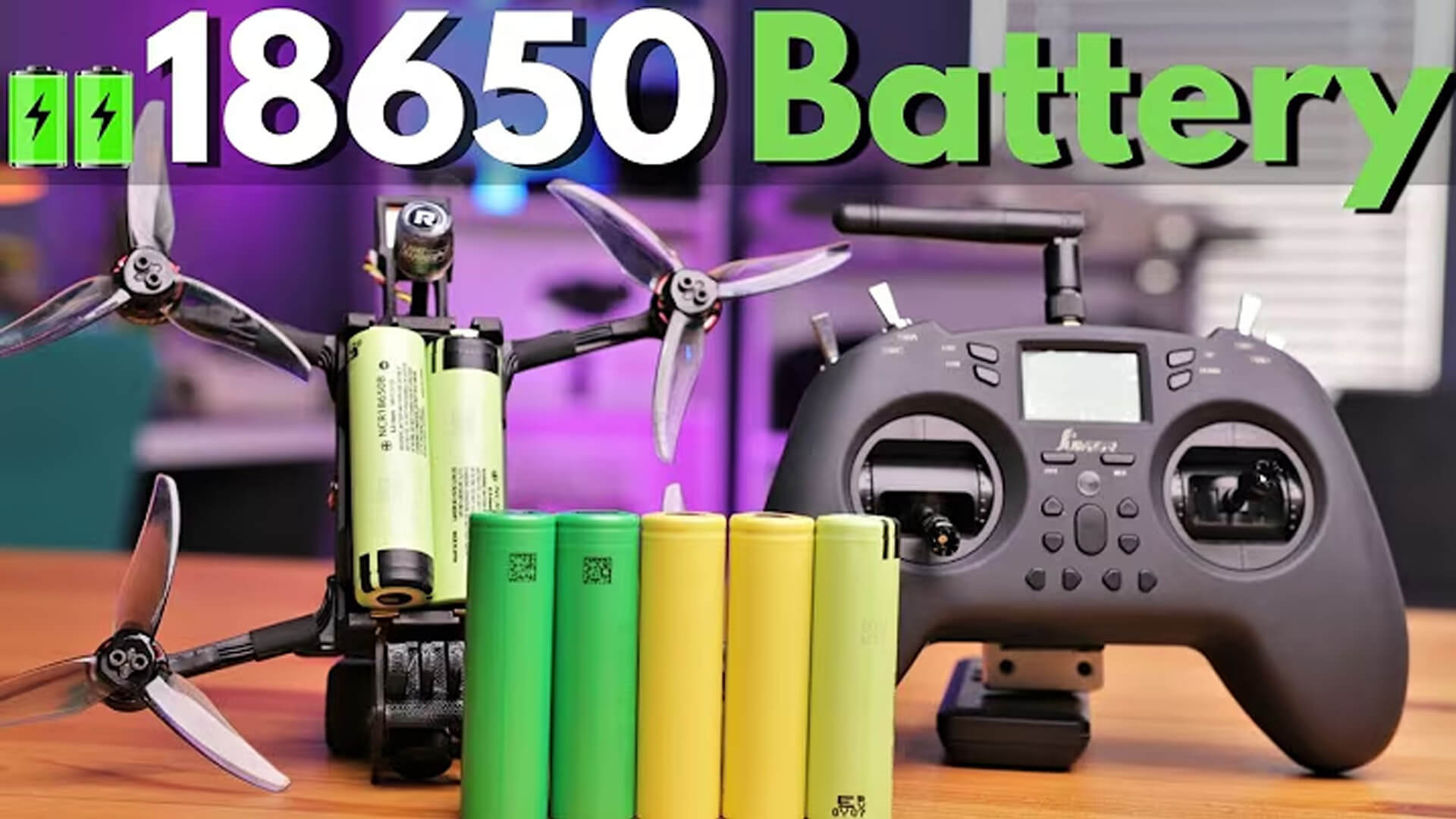
Safety Tips For Handling And Using 18650 Batteries
**What is 18650 Battery: Safety Tips for Handling and Using 18650 Batteries**
The 18650 battery, a popular lithium-ion cell, is widely used in devices like flashlights, vaporizers, and electric vehicles due to its high energy density and recharge ability. However, its power comes with risks if not handled properly. Understanding safety protocols is crucial to prevent accidents, therefore DataPower technology set up a Safety tips collection for your reference to prevent the potential accidents, to help ensure the proper use of the 18650 cells Datapower technology have sold when the time comes.
First and foremost, purchasing from reputable manufacturers is essential. Counterfeit batteries often bypass safety standards, posing significant risks. Ensuring authenticity can prevent potential hazards.
Another important aspect is avoiding overcharging. Lithium-ion batteries degrade when overcharged, leading to stress and heat buildup. Using a quality charger that stops charging once the battery is full is advisable.
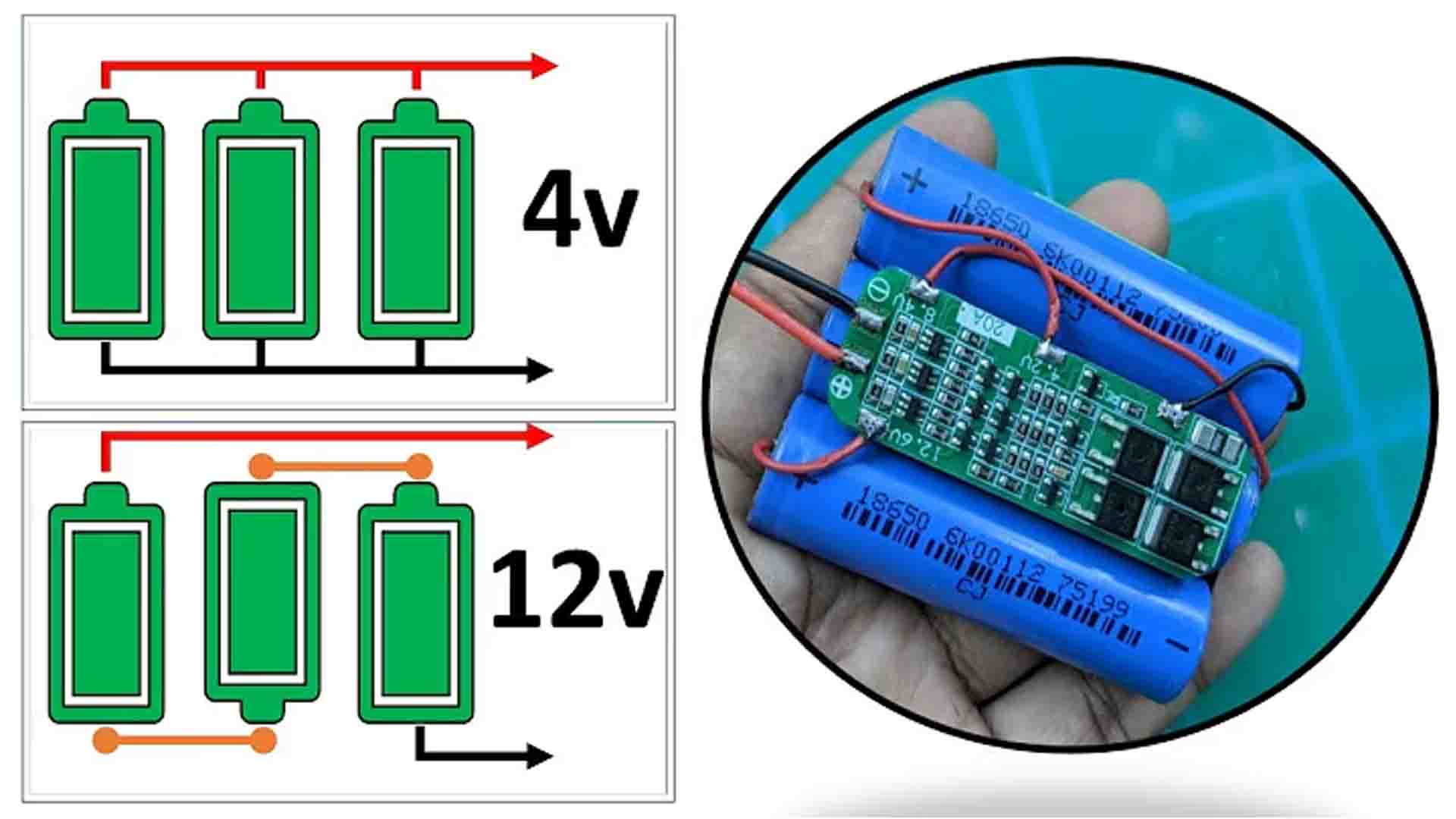
Charging safety cannot be overstated. Use the correct charger, avoid flammable materials nearby, and monitor the process. Never leave charging unattended to prevent unforeseen issues.
Proper storage is another key consideration. Keep batteries in a cool, dry place, away from metal objects to avoid short circuits. Protective cases or covers can add an extra layer of safety.
When transporting batteries, use cases or individual sleeves to prevent contact with metal objects, which can cause short circuits and potential fires.
Before use, inspect batteries for damage, dents, or worn wrappers. Using the correct charger and avoiding mixing different batteries can prevent compatibility issues.
Monitoring battery health is crucial. Look for signs of swelling, leakage, or unusual heat. Replace old or damaged batteries to avoid accidents.
Finally, dispose of batteries responsibly. Do not discard them in regular trash; instead, take them to recycling centers that handle hazardous waste.
In conclusion, while 18650 batteries are incredibly useful, safety is paramount. By following these guidelines, users can prevent accidents and extend battery life. Adhering to these tips ensures safe and effective use of these powerful cells.
Exploring The Common Uses Of 18650 Batteries
The 18650 battery, named for its dimensions—18mm in diameter and 65mm in length—is a rechargeable lithium-ion cell widely recognized for its reliability and versatility. Commonly used in various devices, it has become a staple in modern electronics due to its high energy density and long cycle life.
One of the most prevalent applications of the 18650 battery is in vaping devices. E-cigarettes and vaporizers rely on these batteries for their high discharge rates, ensuring consistent performance and vapor production. The battery’s ability to handle high current draws makes it an ideal choice for these devices.
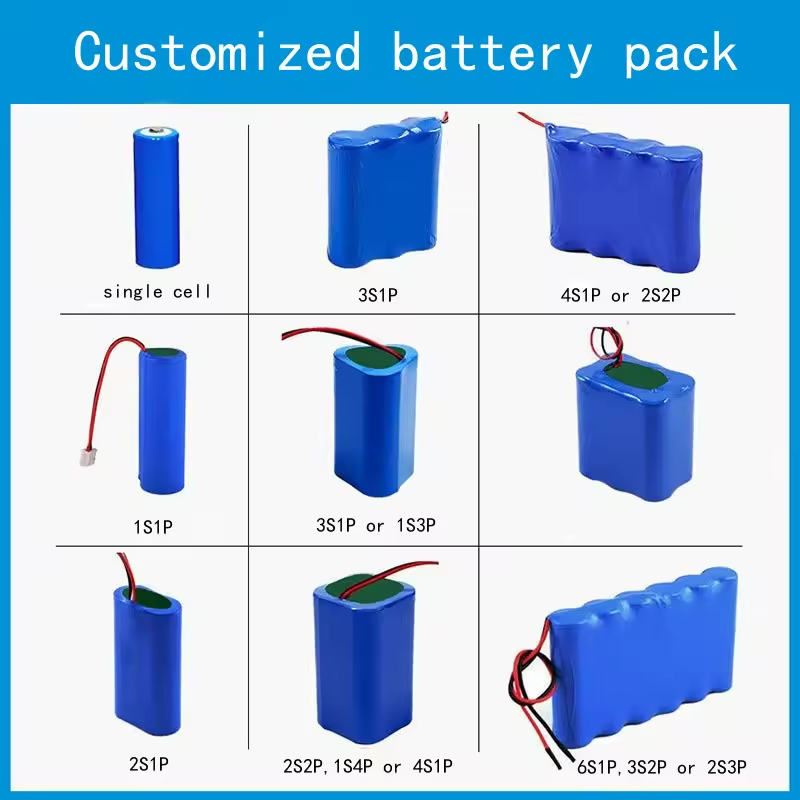
Another significant use is in flashlights, particularly high-end models that require bright LEDs. The 18650’s reliable power delivery and compact size make it a preferred choice for flashlight enthusiasts and professionals needing durable illumination tools.
In addition to portable lighting, 18650 batteries are integral to power banks, which provide convenient charging solutions for mobile devices. Their high capacity allows users to charge devices multiple times on the go, enhancing their utility in everyday life.
Beyond consumer electronics, these batteries find application in electric vehicles and e-bikes. Often used in packs to achieve higher voltage and capacity, they contribute to the growing popularity of eco-friendly transportation by offering a reliable energy source.
Renewable energy systems also benefit from 18650 batteries, which are used for energy storage in solar and wind setups. Their efficiency in storing excess energy for later use supports the adoption of sustainable power solutions.
Moreover, 18650 batteries power various other devices, including cordless tools, cameras, and medical equipment. Their versatility stems from a balance of power, size, and reliability, making them suitable for diverse applications.
In conclusion, the 18650 battery’s versatility is evident across multiple industries, from consumer electronics to renewable energy. Its high performance and reliability make it a cornerstone in modern technology, driving innovation and efficiency in various fields.
How to charge 18650 battery
Charging an 18650 battery is a straightforward process when done correctly, ensuring both safety and longevity. To begin, it’s essential to understand that an 18650 battery is a type of lithium-ion battery, commonly used in devices like flashlights and vaporizers. These batteries require specific care to maintain their performance and safety.
First, select a high-quality charger designed for 18650 batteries. Using the right charger is crucial to prevent damage and potential safety hazards. Ensure the charger is compatible with your battery to avoid any issues.
Next, prepare your charger and battery. Locate a stable, flat surface away from flammable materials. Insert the battery into the charger, aligning the positive terminal with the charger’s positive contact and the negative terminal with the negative contact. This correct alignment is vital to avoid any short circuits.
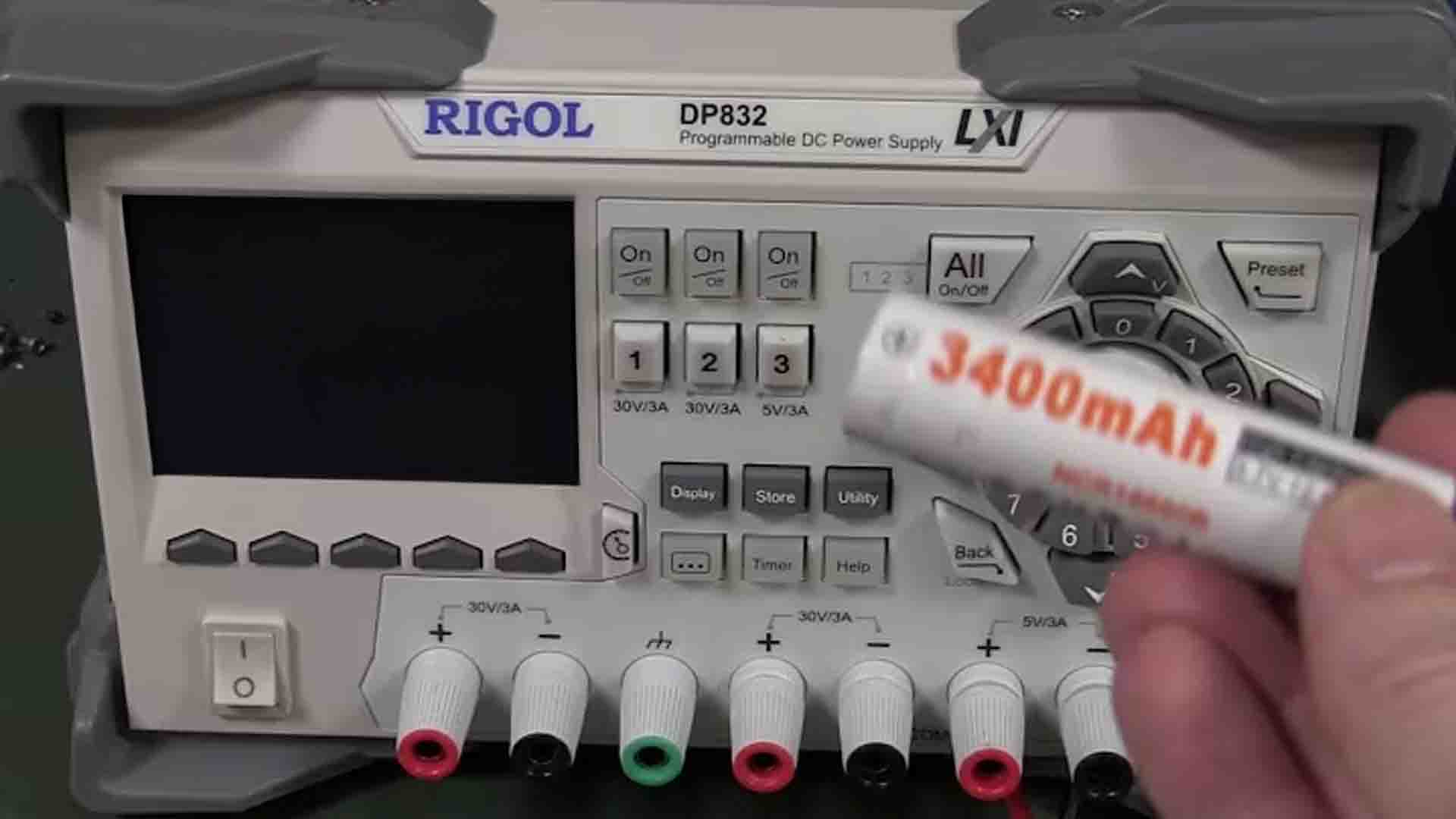
Once the battery is properly inserted, plug in the charger. The charging process will begin automatically. It’s important to monitor the battery during charging and avoid leaving it unattended. Keep an eye on the charger’s indicators, such as LED lights, which will signal when the battery is fully charged, typically changing color from red to green.
After the battery is fully charged, remove it from the charger promptly to prevent overcharging, which can reduce its lifespan. If the battery won’t be used immediately, store it in a cool, dry place with a partial charge to maintain its health.
Adhering to these steps ensures safe and efficient charging. Always follow the manufacturer’s instructions for both the battery and charger, and avoid using counterfeit products. Proper care enhances both performance and safety, making your 18650 battery a reliable power source for years to come.
How long to charge 18650 battery
The 18650 battery is a widely recognized and versatile lithium-ion battery, commonly utilized in various devices such as flashlights, vaporizers, and even some electric vehicles. Its popularity stems from its rechargeable nature and efficient balance between power output and size. Understanding the charging dynamics of this battery is crucial for optimizing its performance and longevity.
When considering the charging time of an 18650 battery, several factors come into play. First and foremost, the battery’s capacity, measured in milliampere-hours (mAh), significantly influences charging duration. A higher capacity battery, typically ranging from 2000mAh to 3500mAh, naturally requires more time to charge. For instance, a 3000mAh battery charged at a standard rate of 1A will take approximately 3-4 hours, while doubling the charger’s amperage to 2A can reduce this time to about 1.5 hours.
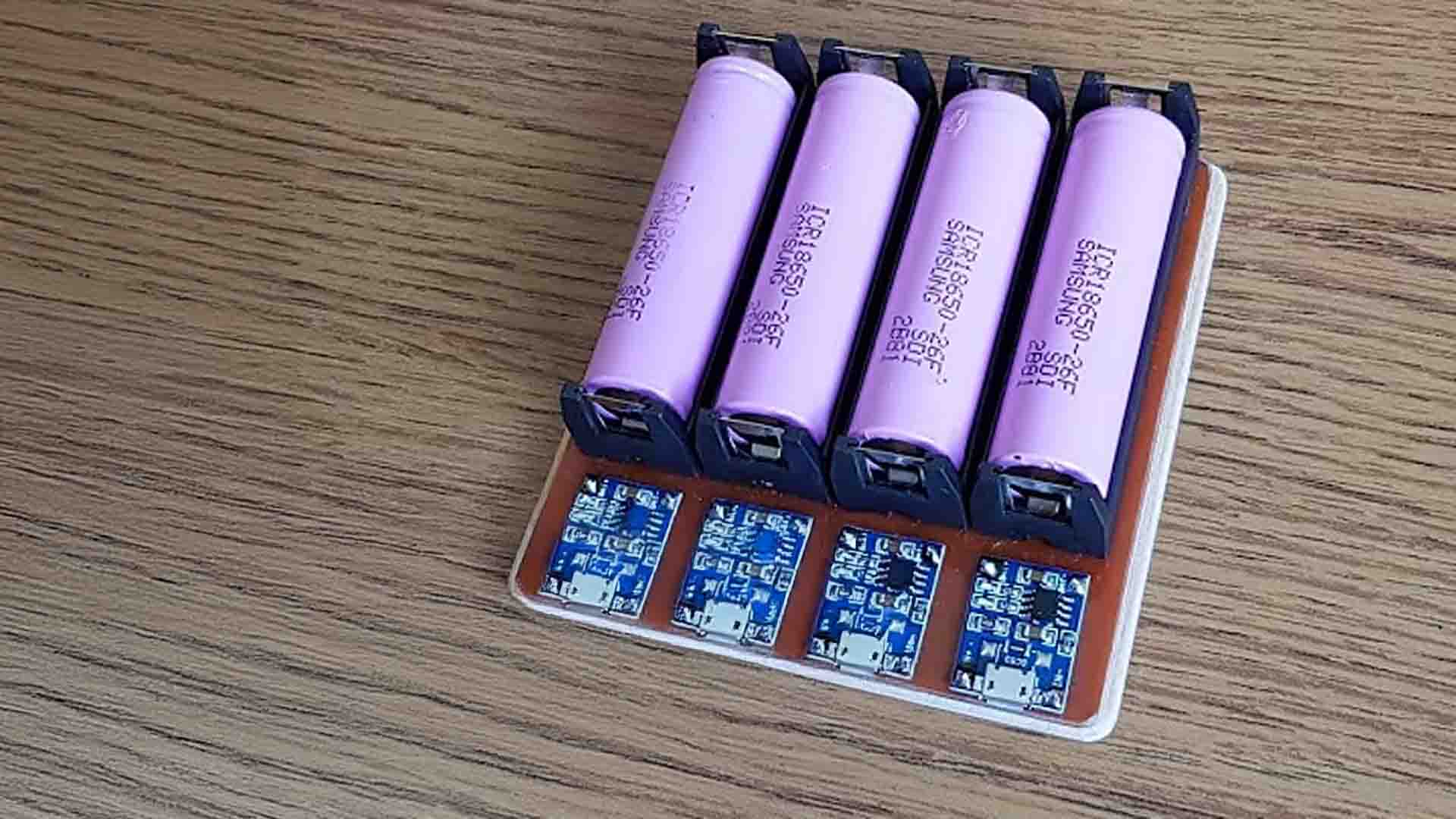
The charger’s speed, measured in amps, is another critical factor. Utilizing a faster charger can expedite the charging process, but it is essential to employ a high-quality charger to prevent overheating and potential damage to the battery. Additionally, the battery’s initial state of charge plays a role; a completely depleted battery will require more time to charge compared to one that is only partially discharged.
The age of the battery is also a consideration. Over time, batteries may experience a reduction in their ability to hold a charge and their charging efficiency, which can prolong charging times. This natural degradation underscores the importance of proper care and maintenance.
To ensure safety and efficiency, it is advisable to use a charger equipped with overcharge the charging time of an 18650 battery is influenced by its capacity, the charger’s speed, the battery’s initial charge level, and its age. By selecting the appropriate charger and adhering to safe practices, users can efficiently and safely charge their batteries, ensuring reliable performance over time.An 18650 battery is a rechargeable lithium-ion cell with dimensions of 18mm in diameter and 65mm in length, commonly used in high-drain devices such as flashlights, vaporizers, and electric vehicles. Known for their high energy capacity and versatility, these batteries offer varying capacities and discharge rates, making them suitable for diverse applications. However, they require careful handling to ensure safety due to the risks associated with lithium-ion technology.

